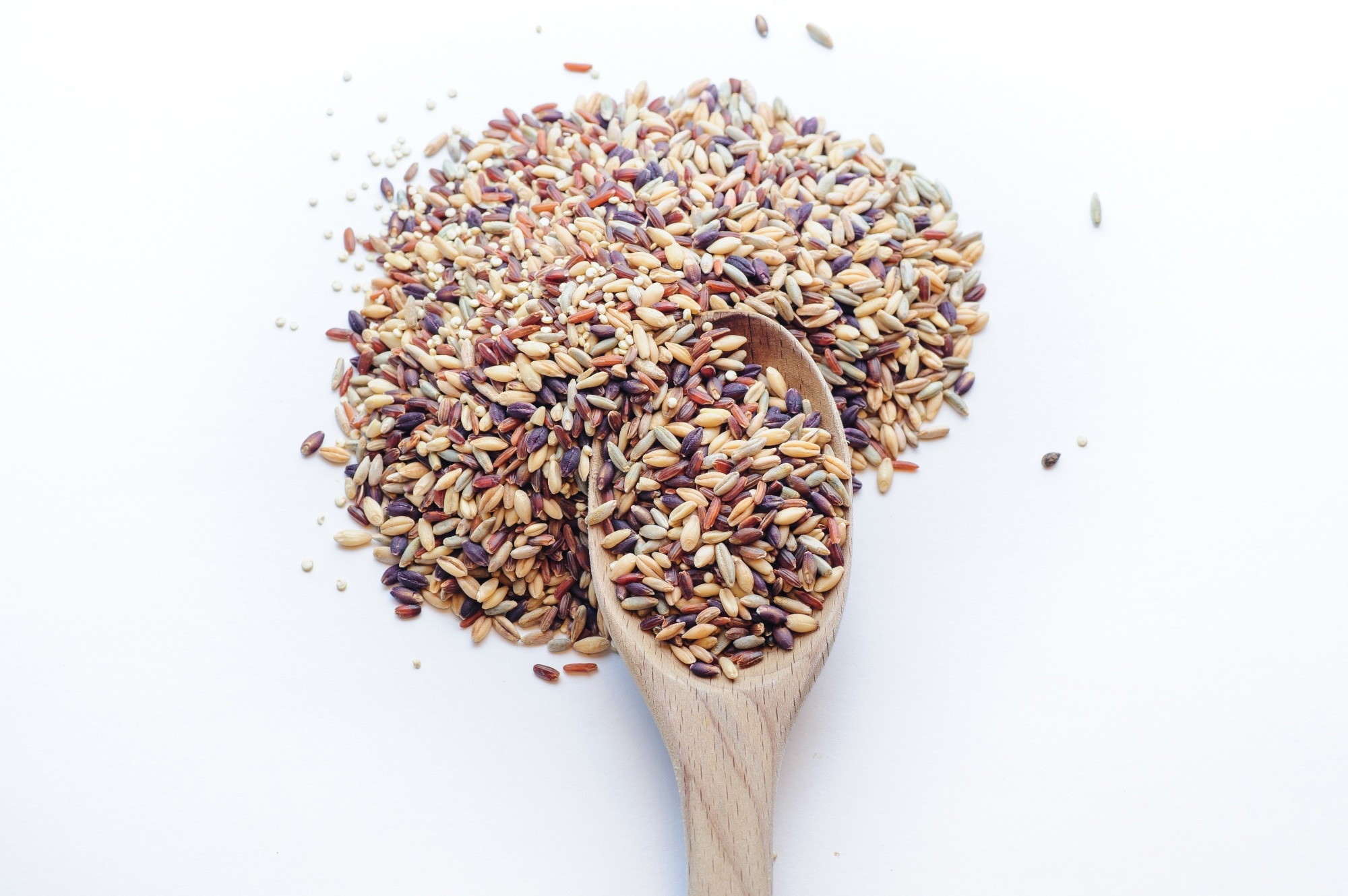
While heavy drinkers can tolerate a certain amount of alcohol better than light or moderate drinkers, the concept of “holding your liquor” is more nuanced than commonly believed, according to new research from the University of Chicago.
The researchers conducted the study with three groups of young adults in their 20s with different drinking patterns. They found that drinkers with alcohol use disorder (or AUD, traditionally known as alcoholism) displayed less impairment on fine motor and cognitive tasks than light or heavy social drinkers after consuming a standard intoxicating dose-;equivalent to four to five drinks that produce breathalyzer readings of 0.08-0.09%, i.e., the threshold for drunk driving. Yet when those drinkers with AUD consumed a higher amount akin to their usual drinking habits-;equivalent to seven to eight drinks and breathalyzer readings of 0.13%–they showed significant impairment on those same tasks, more than double their impairment at the standard intoxicating dose that did not return to baseline performance three hours after drinking.
There’s a lot of thinking that when experienced drinkers (those with AUD) consume alcohol, they are tolerant to its impairing effects. We supported that a bit, but with a lot of nuances. When they drank alcohol in our study at a dose similar to their usual drinking pattern, we saw significant impairments on both the fine motor and cognitive tests that was even more impairment than a light drinker gets at the intoxicating dose.”
Andrea King, PhD, Professor of Psychiatry and Behavioral Neuroscience at UChicago and Study’s Senior Author
A study of different drinking patterns
The new paper, published this week in Alcohol: Clinical and Experimental Research, is part of the Chicago Social Drinking Project, an ongoing research study started by King in 2004 that examines the effects of common substances like alcohol, caffeine, and antihistamines on mood, performance, and behavior in people with a wide range of alcohol drinking patterns. For the latest research, they worked with three groups of participants based on their binge drinking patterns, i.e., consuming five or more drinks for a man or four or more for a woman. The groups were light drinkers who do not binge drink, heavy social drinkers who binge drink several times a month, and drinkers who meet the criteria for AUD and binge drink frequently, at least one third or more days in a typical month.
In a clinical setting, the research team told participants they would be receiving a drink containing either alcohol, a stimulant, a sedative, or a placebo. The alcoholic beverage was a flavored drink mix in water with 190-proof alcohol at 16% volume based on body weight, which was equivalent to four to five drinks, a high dose considered enough to intoxicate a typical drinker (female participants received a dose that was 85% of that for males to adjust for sex differences in metabolism). The participants consumed the drink over a 15-minute period.
At 30, 60, 120, and 180 minutes after drinking the beverage, the participants took a breathalyzer test and completed two performance tasks. The first was a fine motor task that asked them to retrieve, rotate, and insert a grooved metal peg into 25 randomly slotted holes on a 4×4″ metal board; participants were scored on how long it took to fill all 25 holes. The second test was paper and pencil task to test cognitive skill, in which the participants had 90 seconds to input symbols from a key pair onto a numbered grid and were scored on how many correct symbols they provided.
At the 30- and 180-minute intervals, participants were also asked to report how impaired they felt, from “not at all” to “extremely.” The AUD and heavy social drinkers both reported feeling less impaired than the light drinkers. While they did show less overall alcohol impairment on the motor and cognitive tests, at the 30-minute interval they had similar slowing on the fine motor test as the light drinkers. They also recovered quicker to their baseline levels, supporting the notion that they had more tolerance and can “hold their liquor” better than people who don’t drink as much.
However, people with AUD do not often stop drinking at four or five drinks and engage in high intensity drinking. Thus, a subset of the drinkers with AUD in the study participated in a separate session where they drank a beverage more consistent with their regular drinking habits, equivalent to about seven or eight drinks. At this higher dose of alcohol, they showed more than double the amount of mental and motor impairment than after they had the standard intoxicating dose. They also never got back to their baseline level of performance, even after three hours. Their level of impairment even exceeded that of the light drinkers who consumed the standard dose, suggesting that the physical effects of the alcohol add up the more someone drinks, experienced or not.
“I was surprised at how much impairment that group had to that larger dose, because while it’s 50% more than the first dose, we’re seeing more than double the impairment,” King said.
The double-edged sword of intoxication
King’s group has conducted other research showing that heavy social drinkers and those with AUD are more sensitive to the pleasurable effects of alcohol, and want to drink more alcohol than their lighter drinking counterparts, compounding the issue. “They’re having the desire or craving to drink more and more, even though it’s impairing them. It’s really a double-edged sword,” she said.
Annual deaths caused by drunk driving have fallen significantly after the national minimum drinking age was set at 21 in 1984 and the public awareness campaigns that followed. Despite these successes, the Centers for Disease Control and Prevention reports that more than 140,000 people die from excessive alcohol use in the U.S. each year, and 30% of traffic fatalities still involve alcohol intoxication. King says that a more nuanced understanding of the effects of intoxication could begin to prevent more harm.
“It’s costly to our society for so many reasons, that’s why this study is just so important to understand more,” she said. “I’m hoping we can educate people who are experienced high-intensity drinkers who think that they’re holding their liquor or that they’re tolerant and won’t experience accidents or injury from drinking. Their experience with alcohol only goes so far, and excessive drinkers account for most of the burden of alcohol-related accidents and injury in society. This is preventable with education and treatment”
The study, “Holding your liquor: Comparison of alcohol-induced psychomotor impairment in drinkers with and without alcohol use disorder,” was supported by the National Institute on Alcohol Abuse and Alcoholism and the National Institute on Drug Abuse. Additional authors include Nathan Didier, Ashley Vena, Abigayle Feather, and Jon Grant from the University of Chicago.
Source:
Journal reference:
Didier, N., et al. (2023) Holding your liquor: Comparison of alcohol-induced psychomotor impairment in drinkers with and without alcohol use disorder. Alcoholism Clinical and Experimental Research. doi.org/10.1111/acer.15080.















